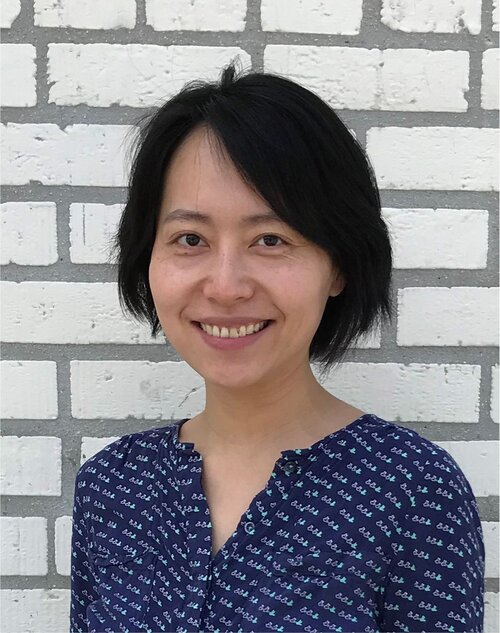
Contact Information
Xinzhu Yu, PhD - Xinzhu.Yu@uth.tmc.edu
Sr. Administrative Coordinator
Minh Vo - Minh.H.Vo@uth.tmc.edu
713-500-2450
Research Interests
Our emotions and thoughts are generated and processed by a network of different cell types in the brain, including both neurons and glial cells. As the most abundant glial cells, the "star cells" - astrocytes - were discovered more than a century ago but were only considered to have passive supporting functions to neurons. However, many recent studies have challenged this view and suggested that astrocytes are an integral part of the central nervous system.
There are two major questions that we are interested in:
(1) What are the cellular and molecular mechanisms by which astrocytes contribute to neural circuit plasticity, motor learning and memory, and the development of neuropsychiatric disorders?
(2) How can we link and predict circuit and behavioral alterations based on astrocyte signaling changes?
To tackle these questions, we will take a systematic approach with innovative genetic tools, in vivo imaging, electrophysiological recordings, next generation sequencing and computational modeling. We hope that our findings will expand the understanding of astrocyte physiology as well as offer mechanistic insights into new biomarkers for early diagnosis and potential therapeutic treatments for neuropsychiatric disorders.
Education
2014 – 2020 Postdoctoral research
University of California Los Angeles, Los Angeles, CA
2012 – 2014 Postdoctoral research
University of California Santa Cruz, Santa Cruz, CA
2007 – 2012 PhD. awarded in Neurobiology
University of California Santa Cruz, Santa Cruz, CA
2005 – 2007 M.S. awarded in Neuroscience
Tsinghua University, Beijing, China
2001 – 2005 B.S. awarded in Biology
Tsinghua University, Beijing, China
External Links
Highlighted Publications
Nagai J*, Yu X*, Papouin T, Cheong E, Freeman MR, Monk KR, Hastings MH, Haydon PG, Rowitch D, Shaham S, Khakh BS (In Press) Behaviorally consequential astrocytic regulation of neural circuits. Neuron. (* Equal contribution)
Yu X*, Nagai J*, Marti-Solano M, Soto JS, Coppola G, Babu MM and Khakh BS (2020) Context-specific striatal astrocyte molecular responses are phenotypically exploitable. Neuron. 2020 Oct 9:S0896-6273(20)30745-5. (* Equal contribution)
Yu X*, Nagai J* and Khakh BS (2020) Improved tools to study astrocytes. Nature Reviews Neuroscience. 2020 Mar;21(3):121-138. (* Equal contribution)
Yu X, Taylor AMW, Nagai J, Golshani P, Evans CJ, Coppola G and Khakh BS (2018) Reducing astrocyte calcium signaling in vivo alters striatal microcircuits and causes repetitive behavior. Neuron. 99(6):1170-1187
Hodges JL*, Yu X*, Gilmore A, Bennett H, Tjia M, Perna JF, Chen CC, Li X, Lu J and Zuo Y (2017) Astrocytic contributions to synaptic and learning abnormalities in a mouse model of Fragile X Syndrome. Biological Psychiatry. 82(2): 139-149. (* Equal contribution)
Yu X, Wang G, Gilmore A, Yee AX, Li X, Xu T, Smith SJ, Chen L and Zuo Y (2013) Accelerated experience-dependent pruning of cortical synapses in ephrin-A2 knockout mice. Neuron. 80(1):64-71.
Fu M, Yu X, Lu J and Zuo Y (2012) Repetitive motor learning induces coordinated formation of clustered dendritic spines in vivo. Nature. 483(7387):92-5.
Yu X, Zuo Y (2011) Spine plasticity in the motor cortex. Current Opinion in Neurobiology. 21(1):169-74.
Xu T*, Yu X*, Perlik A, Tobin W, Zweig J and Zuo Y (2009) Rapid formation and selective stabilization of synapses for enduring motor memories. Nature. 462(7275):915-9. (* Equal contribution)